25 plants with which you need to be extremely careful (26 photos)
There are many plants that are dangerous to health and life. They are so poisonous that, at best, a person will begin to vomit and hallucinate, and at worst, the outcome will be fatal. Before you try the pretty berry or add the leaves to your salad, make sure they won't kill you. 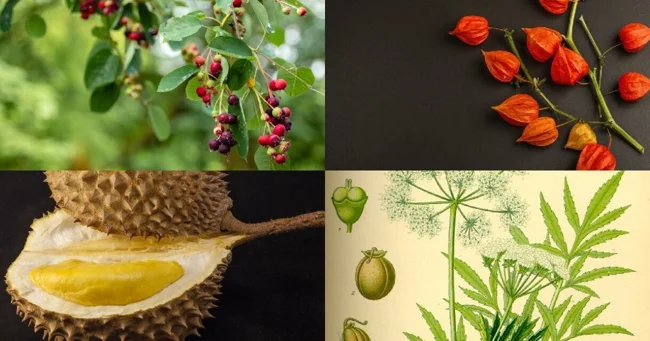
1. Ageratina algae, white snakeroot (Eupatorium rugosum) 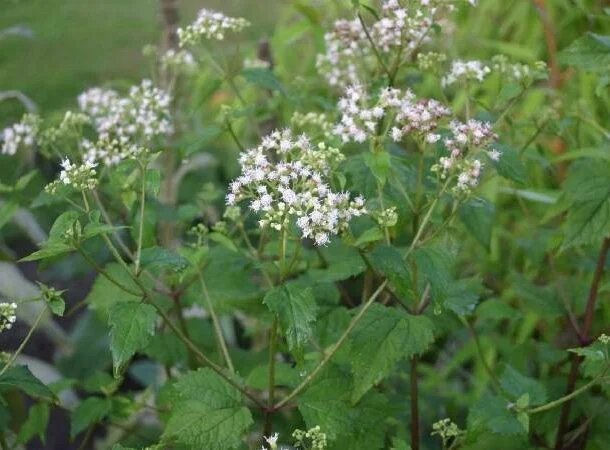
White snakeroot (Eupatorium rugosum) is a potentially deadly plant native to the forests of the eastern United States. The plant takes its ominous name from the myth that the Indians used it to treat snake bites.
Despite its unassuming appearance, the plant is poisonous - both its leaves and roots contain a dangerous substance known as tremetol. Even a small dose of white snakeroot can cause “milk sickness” - vomiting, tremors and weakness. In severe cases, death is possible.
2. Veh poisonous (Cicuta) 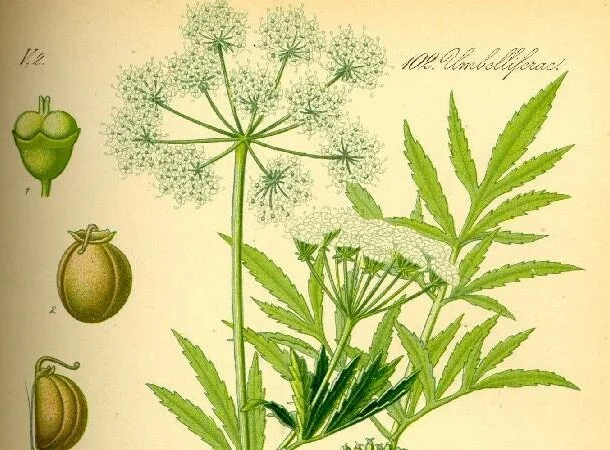
This plant is widespread in the temperate zone, especially in wet and swampy areas. It has charming white umbrella-shaped flowers and lacy green leaves, but be careful - it is one of the most poisonous plants in the Northern Hemisphere. Its roots and leaves contain cicutoxin, a powerful neurotoxin. If even a small amount of veha is ingested, it can result in vomiting, seizures and death in just a few hours. The plant is dangerous for both people and livestock.
3. Umbrella tree, Schefflera (Schefflera) 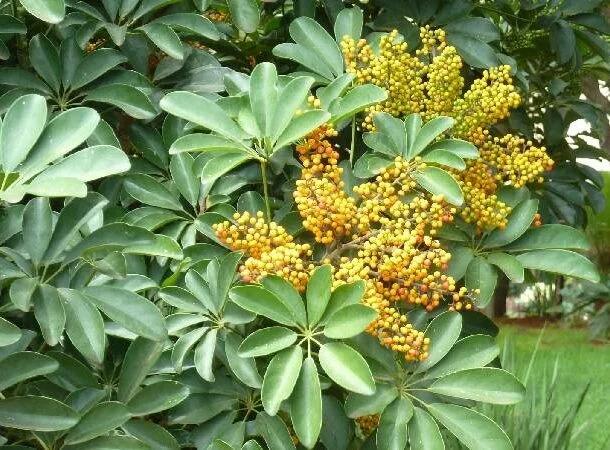
Schefflera is a tropical plant with umbrella-shaped leaves and colorful exotic flowers. Thanks to its catchy appearance, people like to use it to decorate gardens. But despite its beauty, the plant has a dark side: its seeds contain alkaloids, which, if ingested, can cause vomiting and diarrhea. And although some may be tempted to chew these seeds (they resemble small shiny beads), it is better to banish this thought immediately.
4. Tomato leaves 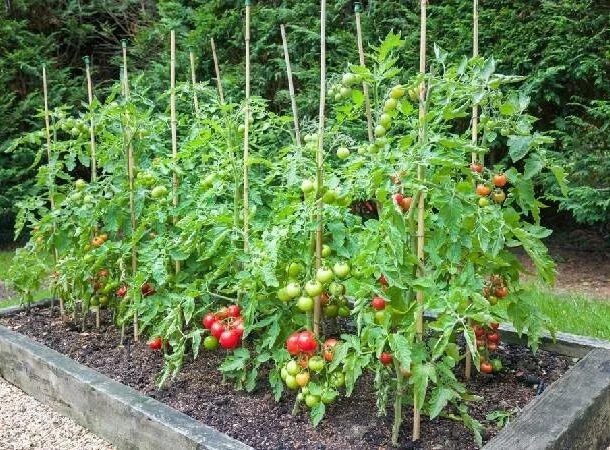
Tomatoes are a staple in many cuisines around the world. But did you know that their leaves are poisonous? Yes, that's right. The fruits of the plant are completely safe to eat, but the leaves contain toxins that can cause vomiting and diarrhea. A person, unknowingly, can add leaves to a salad or use them as a side dish, but it is better not to do this.
5. Tobacco (Nicotiana) 
Known for its large, fragrant flowers and long leaves, the tobacco plant contains nicotine. Nicotine in tobacco products can be highly addictive and harmful to your health, and everyone knows this. But not everyone knows that the fresh leaves of the plant itself are also poisonous. If you chew and swallow them, vomiting, dizziness will begin, and death will occur from a large amount.
6. Chillibuha, emetic nut, strychnine tree (Strychnos) 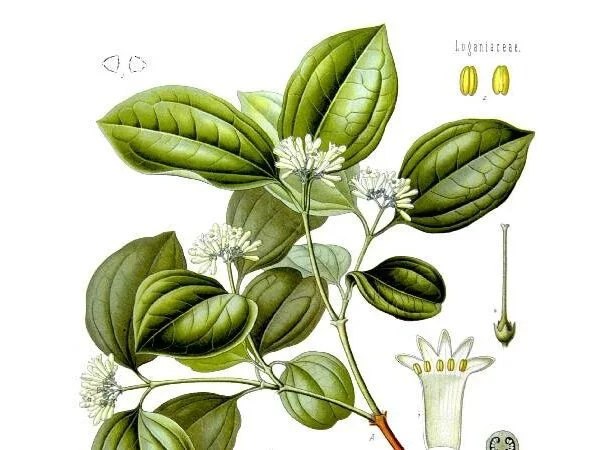
This plant is found in tropical regions of Africa, Asia and South America and is known for its shiny black seeds, which contain a toxic compound called strychnine.
Strychnine is a potent poison that can cause symptoms such as vomiting, seizures and death. It has been used throughout history as a pesticide and as a means of killing pests and predators. However, it is also highly toxic to humans and animals and should be handled with care. Despite this, the seeds are used in folk medicine in a certain dosage.
7. Prayer bead (Abrus precatorius) 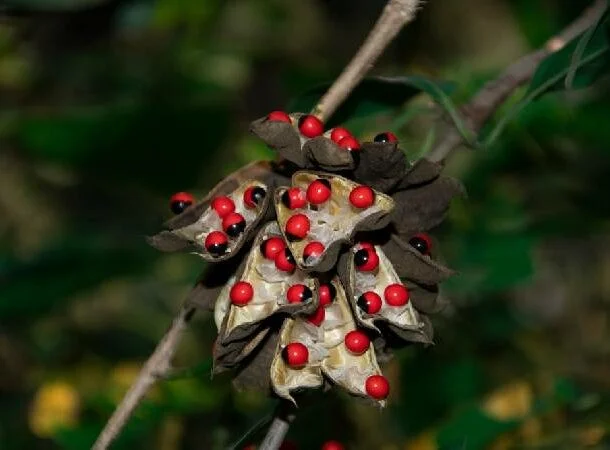
Native to tropical regions of Asia and Africa, this beautiful and exotic plant is known for its long, slender vines and bright red seeds, which are often used in decorations. But be careful - despite their beauty, the plant's seeds contain toxins that, if ingested, can cause vomiting, diarrhea and cramps. The seeds are especially dangerous because they are small and easy to swallow, and they also look very harmless.
8. Oleander (Nerium oleander) 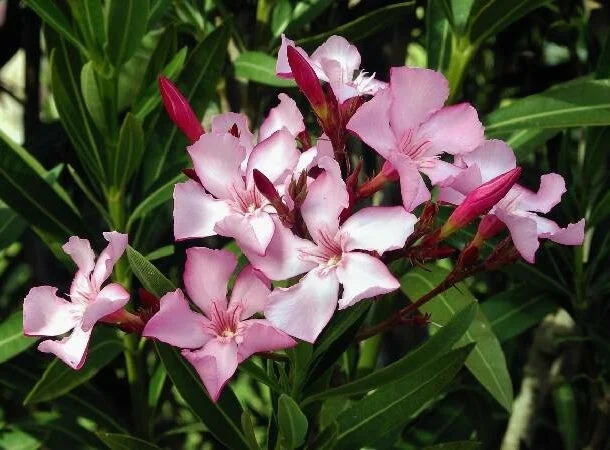
This exotic plant with bright pink, white or red flowers and shiny green leaves is native to the Mediterranean. Alas, beauty can be deceiving: the plant is very poisonous. The toxins it contains can cause great harm to health and can even be fatal.
9. Nutmeg (Myristica fragrans) 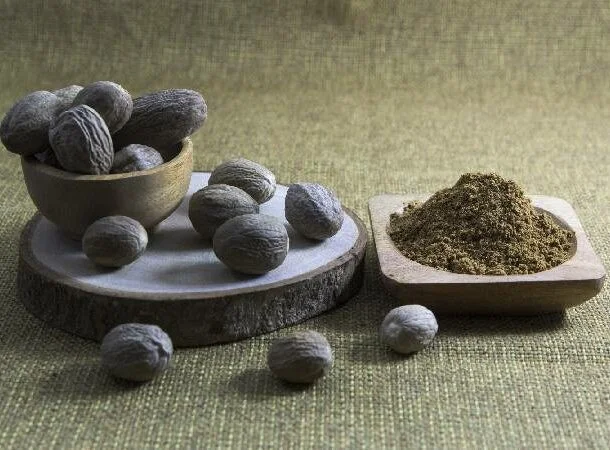
Nutmeg is a spice native to tropical regions of Asia. Often used in baked goods, savory dishes and drinks. But did you know that nutmeg in large quantities can also be poisonous? Its active ingredient, myristicin, can cause symptoms such as hallucinations, dizziness and nausea if nutmeg is consumed in large quantities. Although a little pinch of nutmeg definitely won't hurt anyone.
10. Mancinella tree, mancinella (Hippomane mancinella) 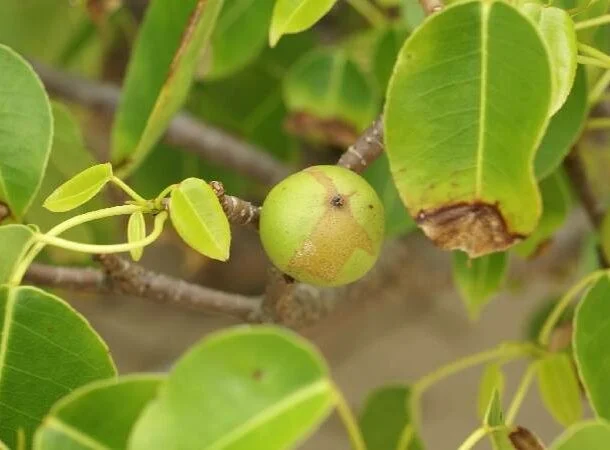
Manchinella is a species of tree in the Euphorbiaceae family, common in Central America and the Caribbean islands. Known for the poisonous milky juice contained in all its parts, including the fruit. The manchineel tree is one of the most poisonous trees on the planet. Contains phorbol toxin. Even tree sap is poisonous; if it comes into contact with the skin, it causes severe irritation and blisters. Well, if manchineella gets into food, expect trouble.
11. Bean, laburnum (Laburnum) 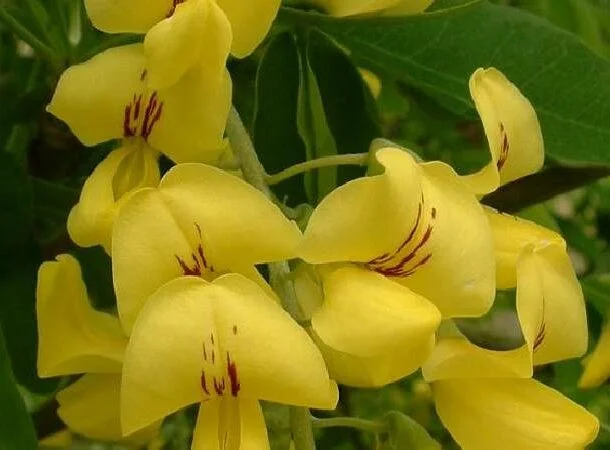
This is a beautiful ornamental tree native to Europe and is known for its bright yellow flowers and long, thin seeds that hang from the branches like delicate necklaces. Alas, the bean plant is poisonous. All parts contain toxins that, if ingested, can cause symptoms such as vomiting, diarrhea and tremors. The seeds are especially dangerous because they can easily be confused with other, harmless seeds. In severe cases, death can occur.
12. Jatropha curcas (cleansing nut) 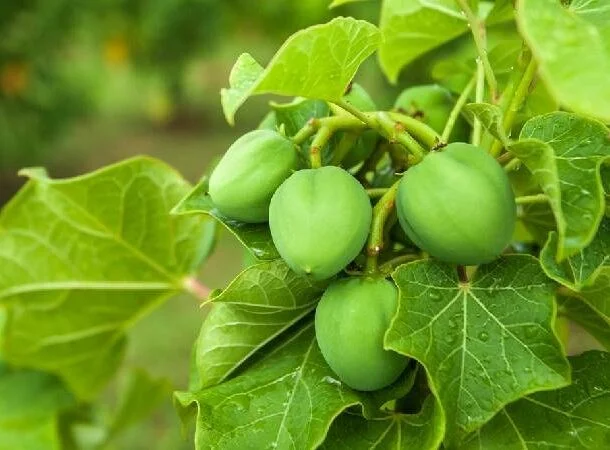
Jatropha curcas is native to tropical regions of America. The plant has distinctive red-orange seeds and shiny green leaves. All parts of the plant are poisonous, but especially the seeds. Among the toxic substances isolated are various oils, as well as the phytotoxin curcin, which is similar in chemical composition to ricin. Poisoning leads to dehydration and death due to cardiovascular failure.
13. Yellow mombin, Jamaican plum (Spondias mombin) 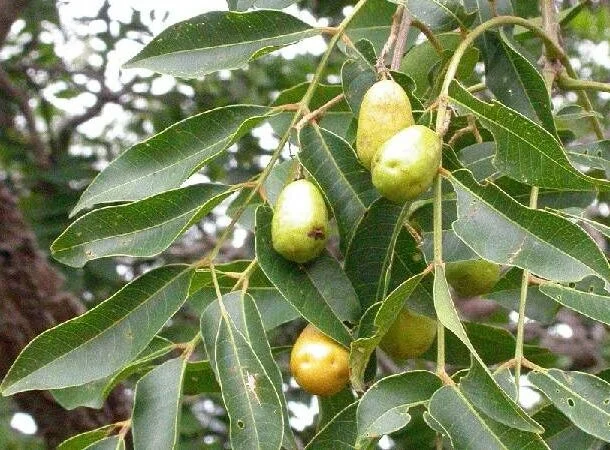
Mombin is a tropical fruit tree native to Central and South America. Known for its bright yellow or orange fruits and shiny green leaves. The seeds and unripe fruits contain toxins that, if ingested, can cause symptoms such as vomiting, diarrhea and tremors. However, the ripe fruits of mombin are eaten.
14. Ginkgo nuts 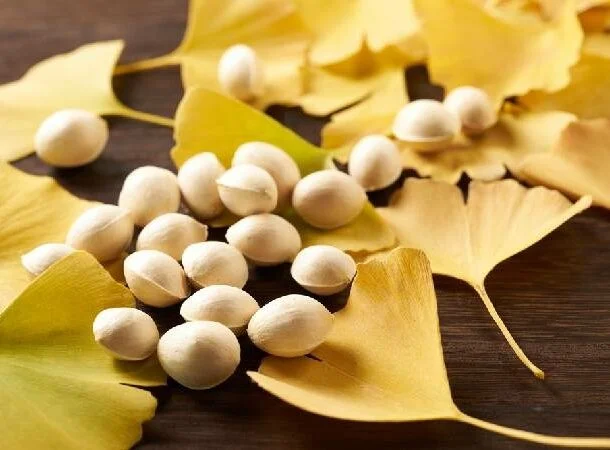
Ginkgo nuts are the seeds of the ginkgo tree (Ginkgo biloba), a tree native to China known for its distinctive fan-shaped leaves and ability to survive in harsh environments. Ginkgo nuts have a creamy, nutty flavor and are often used in cooking, especially in Chinese and Japanese cuisine. But be careful—despite their delicious taste, ginkgo nuts can be harmful to your health if consumed in large quantities. The seeds contain toxins that can cause symptoms such as vomiting, diarrhea and tremors. In severe cases, consumption of ginkgo nuts can be fatal.
15. Night beauty, Mirabilis laxative (Mirabilis) 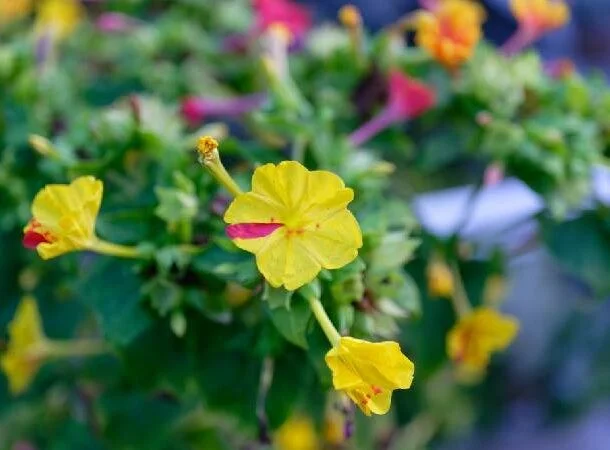
The homeland of this ornamental plant is Mexico; it can be found in tropical and subtropical regions of America. Bright and fragrant mirabilis flowers bloom in the late afternoon and at night. The flowers and leaves are considered edible, while the seeds are considered poisonous. The plant is widely used in folk medicine because it has diuretic and wound-healing properties. The tubers have a laxative effect. The plant should be used for medicinal purposes with great caution.
16. Elderberry (Sambucus) 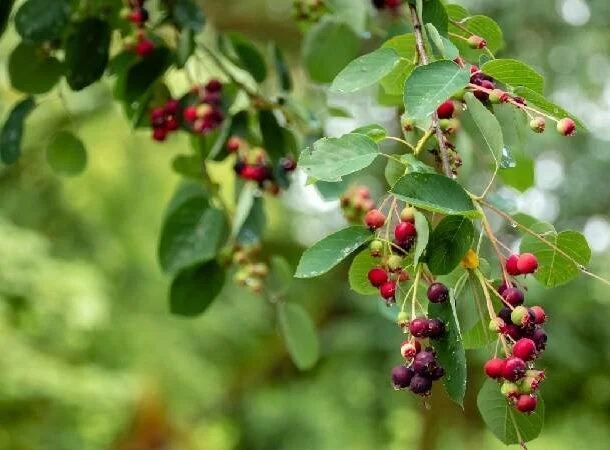
The berries of elderberries, a shrub that grows in temperate regions of the Northern Hemisphere, are often used as food in pies, jams and syrups. However, when eaten raw, the berries, leaves and stems can be harmful to health. Vomiting, diarrhea, and a severe allergic reaction may occur.
17. Physalis, Chinese lantern (Physalis alkekengi) 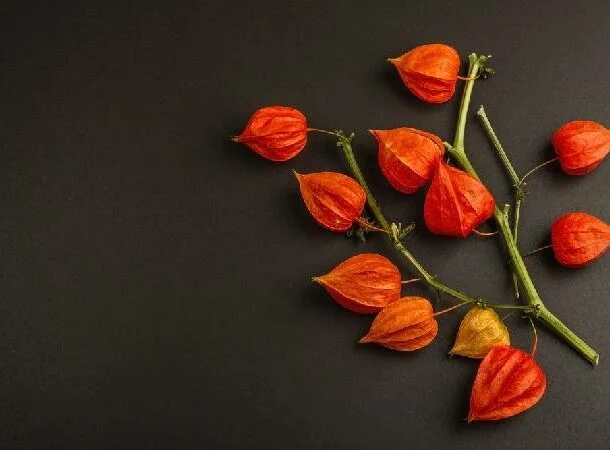
Chinese lantern (Physalis alkekengi) is a colorful and exotic plant native to Asia and Europe. It is known for its bright orange paper lanterns that contain fruits and delicate white flowers. Alas, all parts of Physalis vulgare contain toxins. The fruits have a bitter taste and should not be eaten. However, there are selected types of physalis, the fruits of which are edible.
18. Cnidoscolus chayamansa, chaya, spinach tree (Cnidoscolus chayamansa) 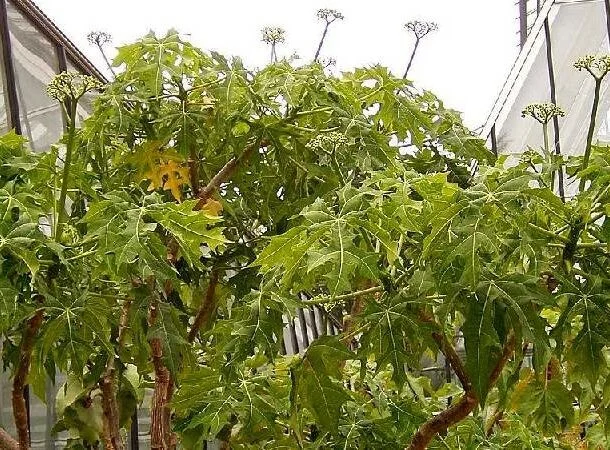
Chaya (Cnidoscolus chayamansa) is a tropical plant native to Central and South America. It has large, glossy leaves and a thick, woody stem that is often used as a natural remedy for various ailments. However, chaya is a poisonous plant that can be harmful if ingested, causing vomiting, diarrhea and tremors. Heat treatment does not destroy toxins.
19. Cerbera odollam, suicide tree, pong-pong (Cerbera odollam) 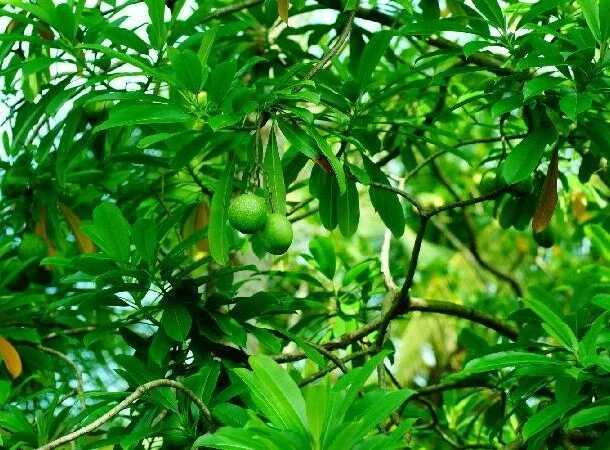
It is a tropical plant native to India and Southeast Asia. Its fruit, otalanga, contains a potent poison that has been used for suicide and murder. And not only the fruit, the leaves and branches are also poisonous.
20. Cashew shells 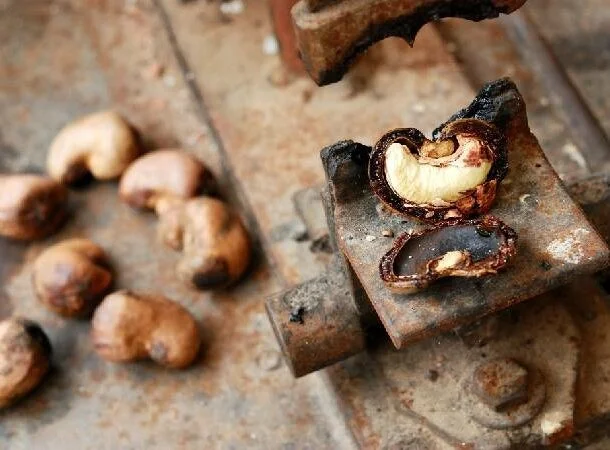
The cashew nut is native to Brazil and has a distinctive kidney shape and a sweet and crunchy texture. Cashew shells are often thrown away or used as fuel because they contain oil that can irritate the skin and respiratory tract. And if it accidentally gets in with food, it can cause a lot of unpleasant symptoms, even the most severe ones.
21. Apple seeds 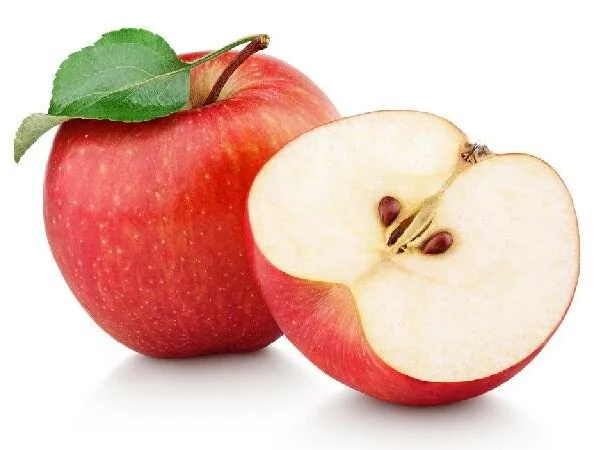
Apple seeds are often thrown away or spat out, as they have a bitter and not the most pleasant taste. It turns out that it is better to actually spit them out, because in large quantities they can be harmful. Apple seeds contain the toxic compound amygdalin, which can release cyanide when in contact with digestive enzymes.
22. Aki, achi (Blighia sapida) 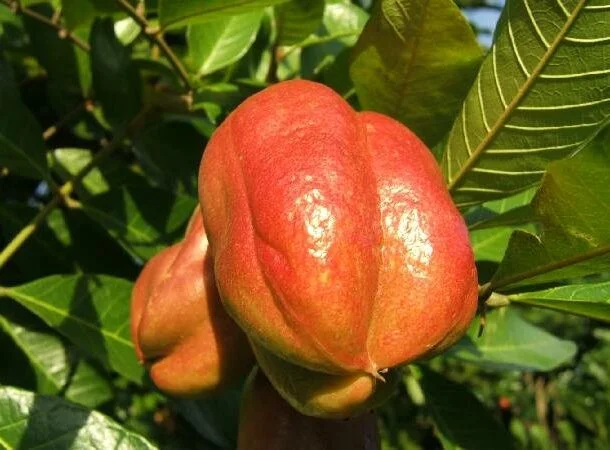
Ackee is a tropical fruit native to West Africa with a distinctive pear-shaped shape and soft, creamy flesh. It has a slightly nutty taste. The fruit is often used in cooking, especially in West African and Caribbean cuisine. But it is only safe when fully ripe and cooked. But unripe fruits and seeds of the plant contain toxic substances and you need to stay away from them.
23. African breadfruit (Treculia Africana) 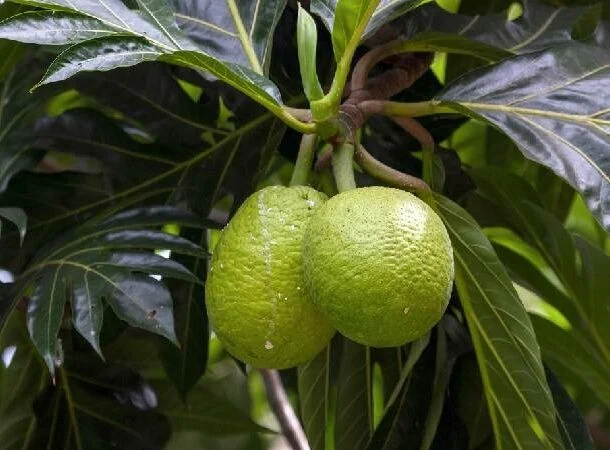
Treculia is a tropical fruit native to West and Central Africa and used in cooking. Again, as in the previous case, only fruits that are fully ripened and prepared in a certain way can be eaten. Unripe fruits and seeds are poisonous.
24. Gympie-gympie, stinging tree (Dendrocnide) 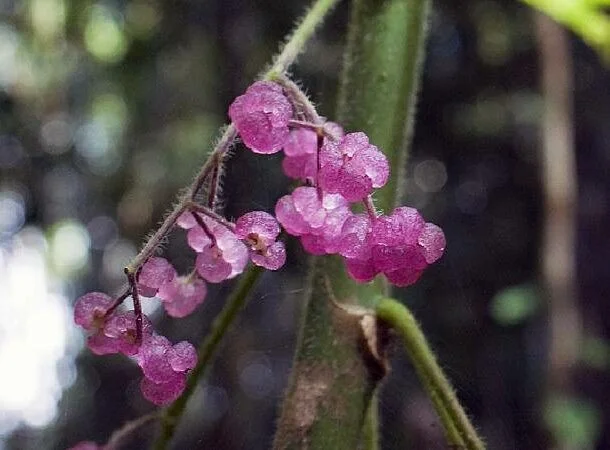
This tropical plant, native to Australia and known for its large, shiny leaves and small, inconspicuous flowers, may seem completely harmless. However, it can sting harder than any nettle. The leaves and stem of the plant contain toxins that, if touched, can cause severe pain and skin irritation. In severe cases, exposure to gimpy-gimpy can be fatal.
25. Durian (Durio) 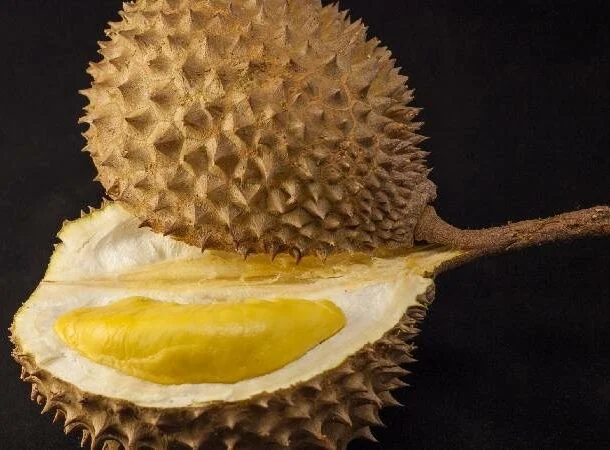
Durian is a tropical fruit native to Southeast Asia, known for its distinctive prickly appearance and rich, creamy flesh. The fruit has a strong and pungent aroma, which some find repulsive, but others, on the contrary, attractive. The taste is described as sweet and savory. Durian can only be eaten when it is fully ripe. Unripe fruits and seeds of the tree contain toxic substances.





